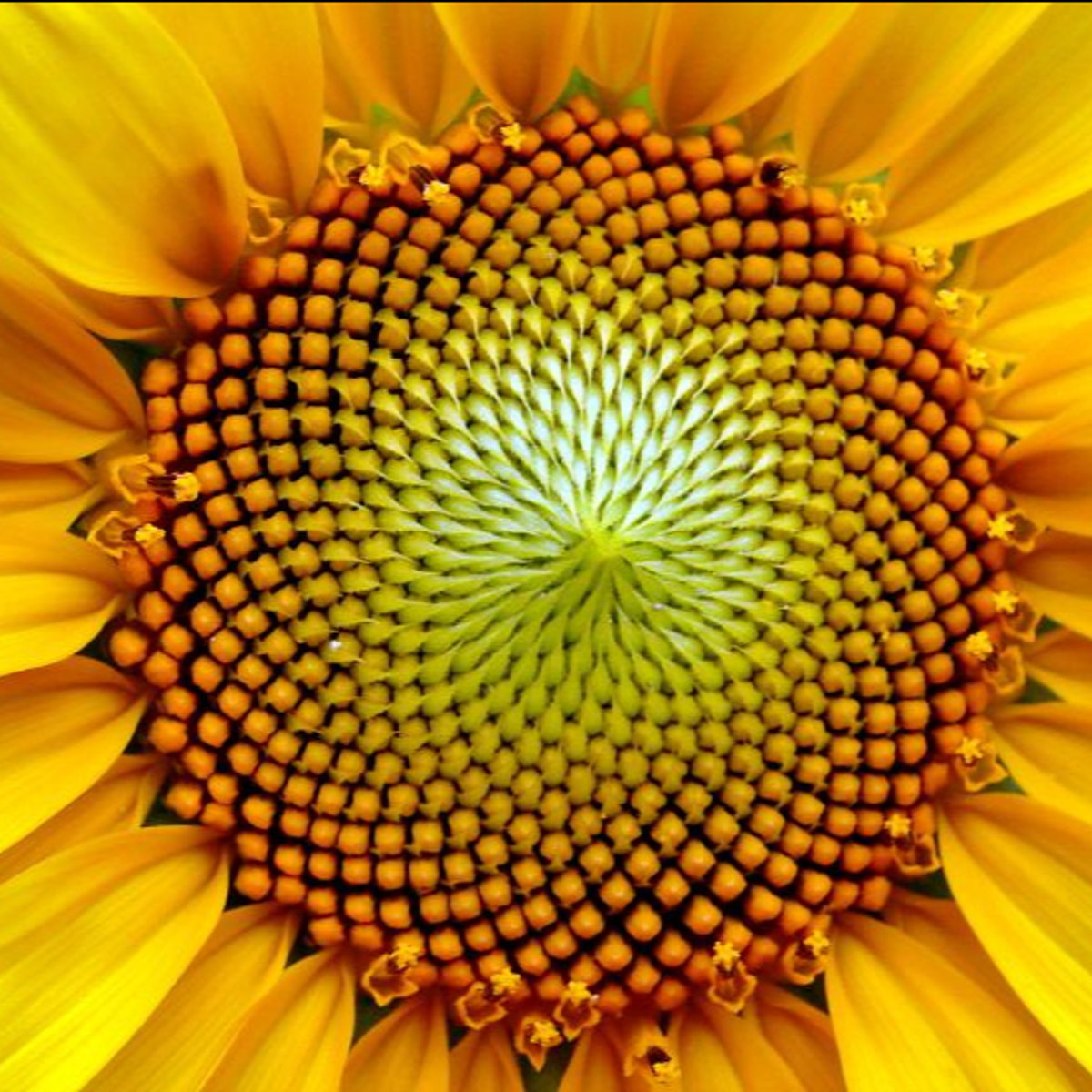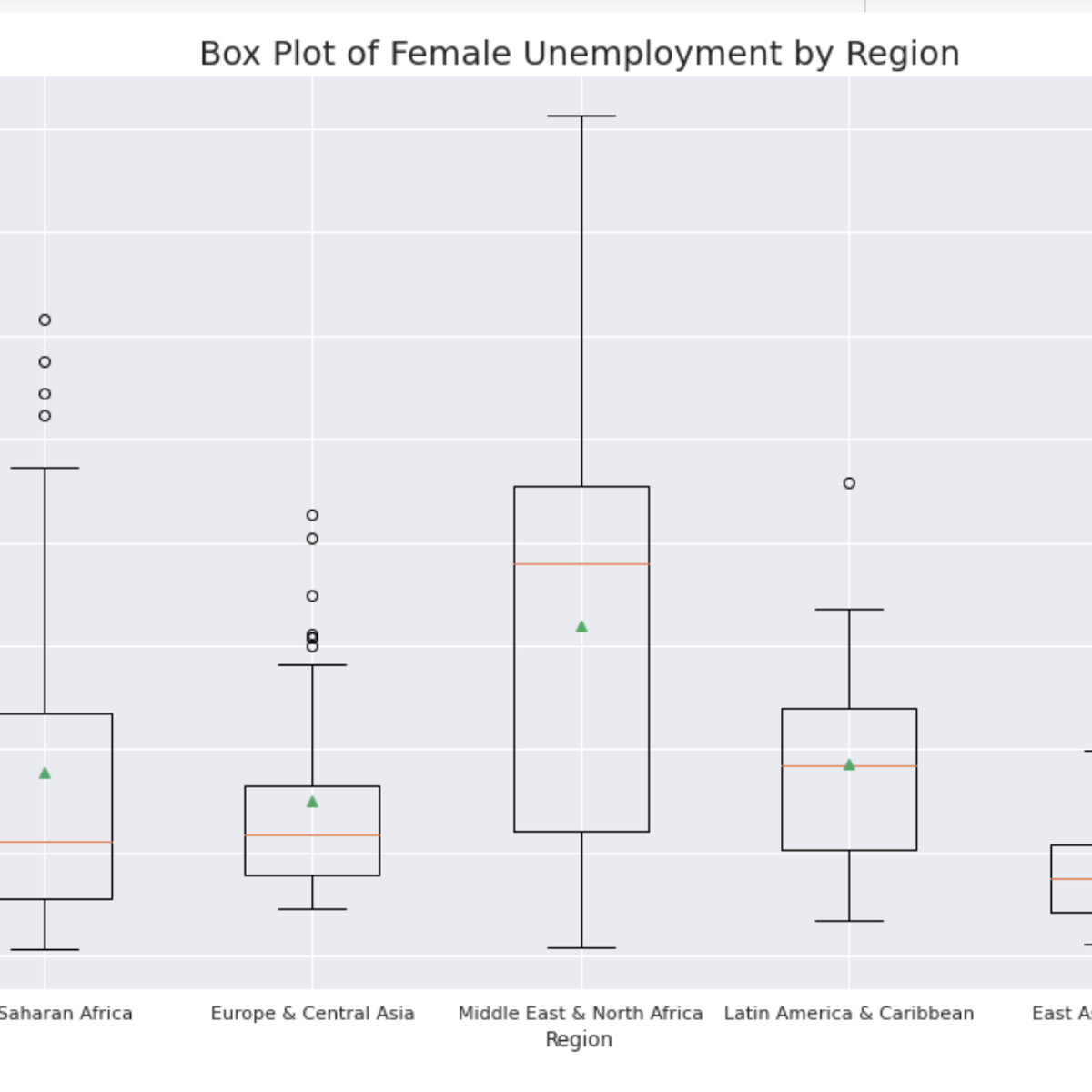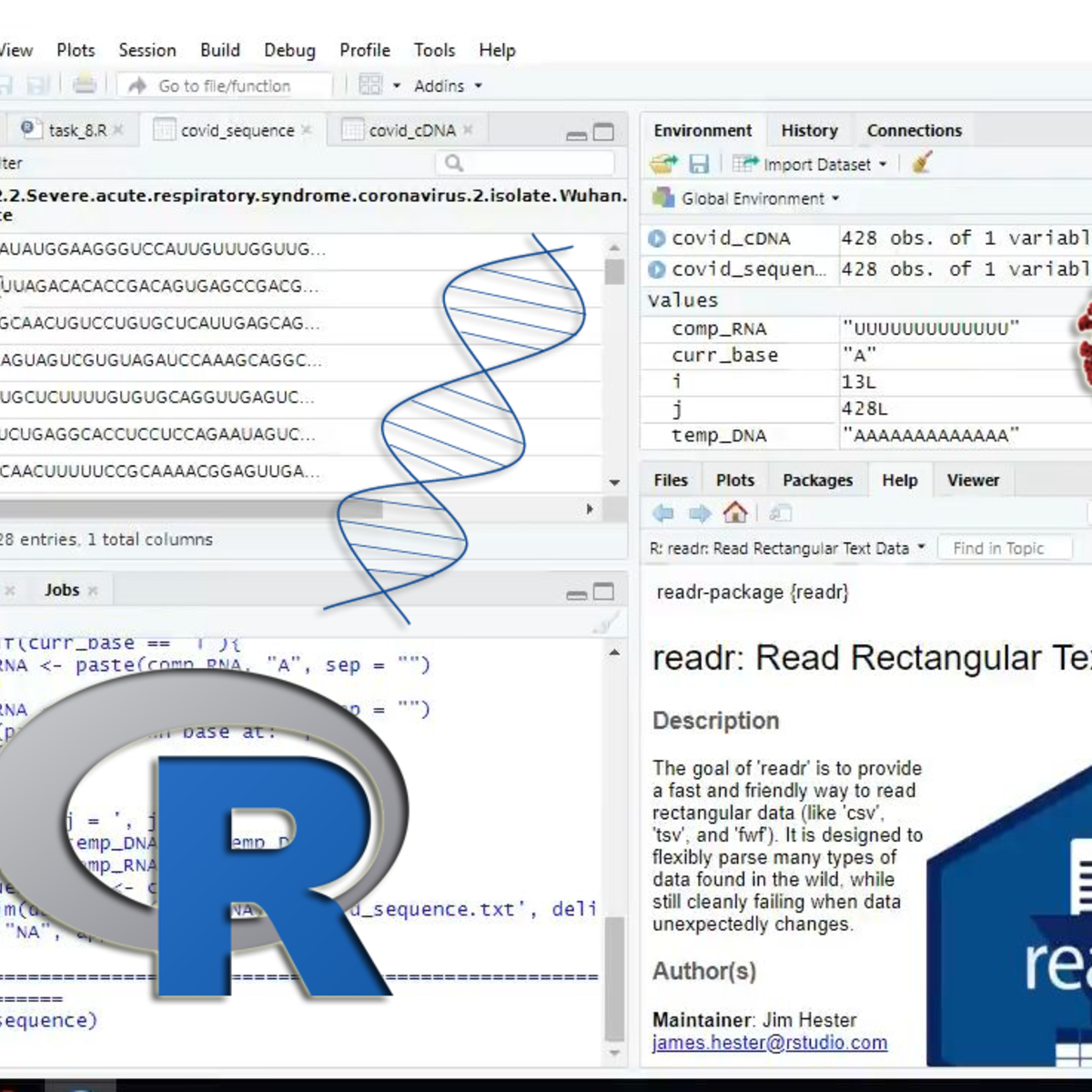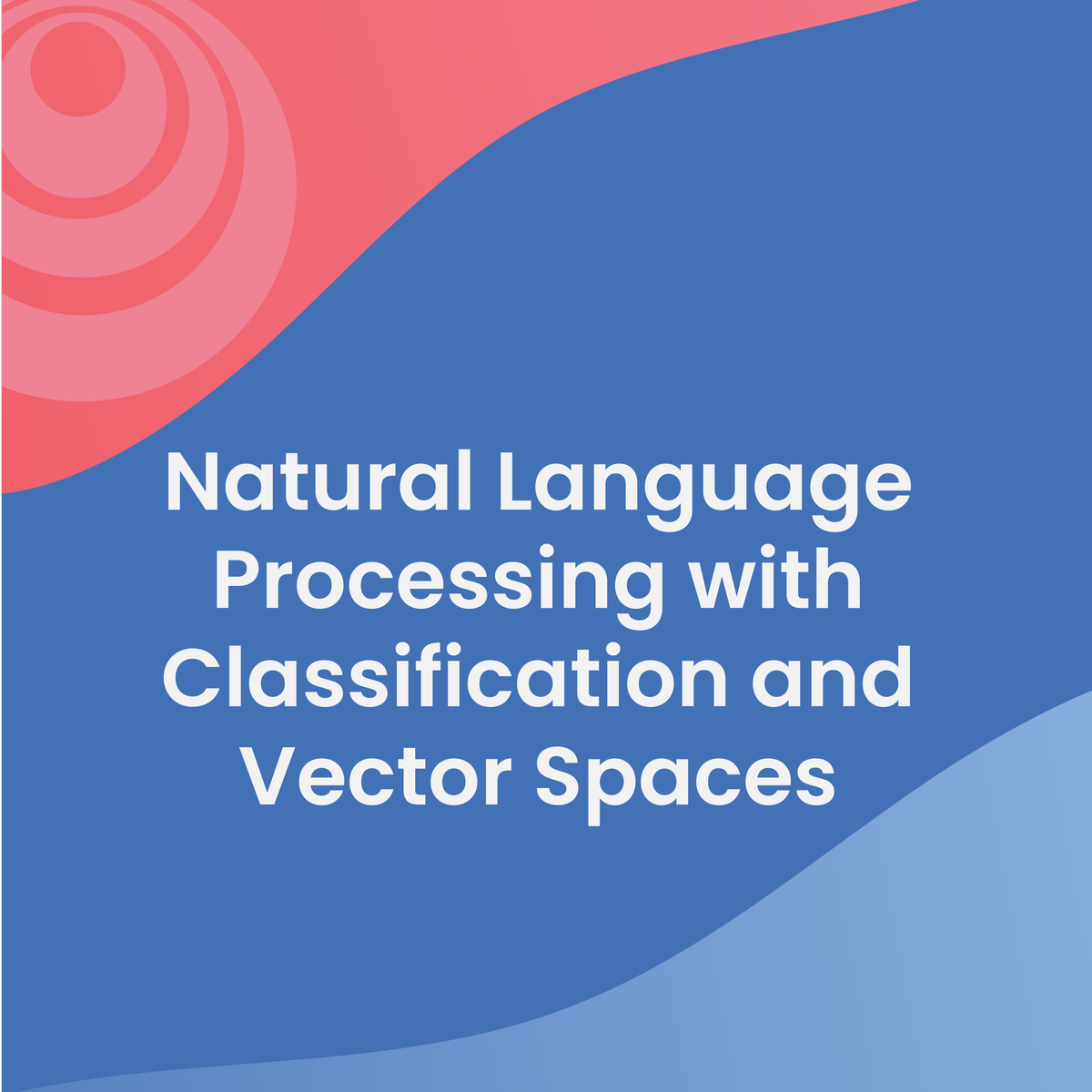Back to Courses









Data Science Courses - Page 46
Showing results 451-460 of 1407

Unsupervised Machine Learning
This course introduces you to one of the main types of Machine Learning: Unsupervised Learning. You will learn how to find insights from data sets that do not have a target or labeled variable. You will learn several clustering and dimension reduction algorithms for unsupervised learning as well as how to select the algorithm that best suits your data. The hands-on section of this course focuses on using best practices for unsupervised learning.
By the end of this course you should be able to:
Explain the kinds of problems suitable for Unsupervised Learning approaches
Explain the curse of dimensionality, and how it makes clustering difficult with many features
Describe and use common clustering and dimensionality-reduction algorithms
Try clustering points where appropriate, compare the performance of per-cluster models
Understand metrics relevant for characterizing clusters
Who should take this course?
This course targets aspiring data scientists interested in acquiring hands-on experience with Unsupervised Machine Learning techniques in a business setting.
What skills should you have?
To make the most out of this course, you should have familiarity with programming on a Python development environment, as well as fundamental understanding of Data Cleaning, Exploratory Data Analysis, Calculus, Linear Algebra, Probability, and Statistics.

Algebra: Elementary to Advanced - Polynomials and Roots
This course is the final course in a three part algebra sequence, In this course, students extend their knowledge of more advanced functions, and apply and model them using both algebraic and geometric techniques. This course enables students to make logical deductions and arrive at reasonable conclusions. Such skills are crucial in today's world. Knowing how to analyze quantitative information for the purpose of making decisions, judgments, and predictions is essential for understanding many important social and political issues. Quantitative Skills and Reasoning provides students the skills needed for evaluating such quantitatively-based arguments.
This class is important as the mathematical ideas it treats and the mathematical language and symbolic manipulation it uses to express those ideas are essential for students who will progress to calculus, statistics, or data science.

Capstone: Analyzing (Social) Network Data
In this capstone project we’ll combine all of the skills from all four specialization courses to do something really fun: analyze social networks!
The opportunities for learning are practically endless in a social network. Who are the “influential” members of the network? What are the sub-communities in the network? Who is connected to whom, and by how many links? These are just some of the questions you can explore in this project.
We will provide you with a real-world data set and some infrastructure for getting started, as well as some warm up tasks and basic project requirements, but then it’ll be up to you where you want to take the project. If you’re running short on ideas, we’ll have several suggested directions that can help get your creativity and imagination going. Finally, to integrate the skills you acquired in course 4 (and to show off your project!) you will be asked to create a video showcase of your final product.

Developing AI Applications on Azure
This course introduces the concepts of Artificial Intelligence and Machine learning. We'll discuss machine learning types and tasks, and machine learning algorithms. You'll explore Python as a popular programming language for machine learning solutions, including using some scientific ecosystem packages which will help you implement machine learning.
Next, this course introduces the machine learning tools available in Microsoft Azure. We'll review standardized approaches to data analytics and you'll receive specific guidance on Microsoft's Team Data Science Approach. As you go through the course, we'll introduce you to Microsoft's pre-trained and managed machine learning offered as REST API's in their suite of cognitive services. We'll implement solutions using the computer vision API and the facial recognition API, and we'll do sentiment analysis by calling the natural language service.
Using the Azure Machine Learning Service you'll create and use an Azure Machine Learning Worksace.Then you'll train your own model, and you'll deploy and test your model in the cloud. Throughout the course you will perform hands-on exercises to practice your new AI skills. By the end of this course, you will be able to create, implement and deploy machine learning models.

Basic Statistics in Python (ANOVA)
In this 1-hour long project-based course, you will learn how to set up a Google Colab notebook, source data from the internet, load data into Python, merge two datasets, clean data, perform exploratory data analysis, carry out ANOVA and create boxplots. Throughout the course you will work on an Education dataset from World Bank. This will allow you to perform statistical analysis on your own datasets in Python. This project does not require any previous Python or coding experience, but it would be useful for learners to understand the statistical methods covered. The course includes data sourcing and cleaning which are invaluable real world skills, and focuses on visualizing your results which is needed as a large part of any analysis is the storytelling.

Foundations of Data Science: K-Means Clustering in Python
Organisations all around the world are using data to predict behaviours and extract valuable real-world insights to inform decisions. Managing and analysing big data has become an essential part of modern finance, retail, marketing, social science, development and research, medicine and government.
This MOOC, designed by an academic team from Goldsmiths, University of London, will quickly introduce you to the core concepts of Data Science to prepare you for intermediate and advanced Data Science courses. It focuses on the basic mathematics, statistics and programming skills that are necessary for typical data analysis tasks.
You will consider these fundamental concepts on an example data clustering task, and you will use this example to learn basic programming skills that are necessary for mastering Data Science techniques. During the course, you will be asked to do a series of mathematical and programming exercises and a small data clustering project for a given dataset.

Reverse and complement nucleic acid sequences (DNA, RNA) using R
In this 1-hour long project-based course, you will learn the basic building blocks in the R language and how to Develop an R program that constructs reverse, complement, and reverse-complement nucleic acid sequences (DNA, RNA). Also, you will make your code read a file that has a long DNA sequence and deal with one of the complete genomes for the novel coronavirus.

Using Custom Fields in Looker Explores
This is a Google Cloud Self-Paced Lab. In this lab, you will learn how to utilize custom fields in Looker Explores queries.
Looker provides the ability for non-developer users to create and utilize ad hoc fields for richer data analysis. This is done by creating custom measures, custom dimensions, table calculations and using custom groupings to narrow down data to match specific conditions.
Using ad hoc fields gives non-developers the ability to create new fields, as opposed to regular fields, which require that you have development permissions and understand LookML allowing them to have more flexibility in finding data they are looking for independently.

Natural Language Processing with Classification and Vector Spaces
In Course 1 of the Natural Language Processing Specialization, you will:
a) Perform sentiment analysis of tweets using logistic regression and then naïve Bayes,
b) Use vector space models to discover relationships between words and use PCA to reduce the dimensionality of the vector space and visualize those relationships, and
c) Write a simple English to French translation algorithm using pre-computed word embeddings and locality-sensitive hashing to relate words via approximate k-nearest neighbor search.
By the end of this Specialization, you will have designed NLP applications that perform question-answering and sentiment analysis, created tools to translate languages and summarize text, and even built a chatbot!
This Specialization is designed and taught by two experts in NLP, machine learning, and deep learning. Younes Bensouda Mourri is an Instructor of AI at Stanford University who also helped build the Deep Learning Specialization. Łukasz Kaiser is a Staff Research Scientist at Google Brain and the co-author of Tensorflow, the Tensor2Tensor and Trax libraries, and the Transformer paper.

Perform Sentiment Analysis with scikit-learn
In this project-based course, you will learn the fundamentals of sentiment analysis, and build a logistic regression model to classify movie reviews as either positive or negative. We will use the popular IMDB data set. Our goal is to use a simple logistic regression estimator from scikit-learn for document classification.
This course runs on Coursera's hands-on project platform called Rhyme. On Rhyme, you do projects in a hands-on manner in your browser. You will get instant access to pre-configured cloud desktops containing all of the software and data you need for the project. Everything is already set up directly in your internet browser so you can just focus on learning. For this project, you’ll get instant access to a cloud desktop with Python, Jupyter, and scikit-learn pre-installed.
Notes:
- You will be able to access the cloud desktop 5 times. However, you will be able to access instructions videos as many times as you want.
- This course works best for learners who are based in the North America region. We’re currently working on providing the same experience in other regions.
Popular Internships and Jobs by Categories
Browse
© 2024 BoostGrad | All rights reserved


